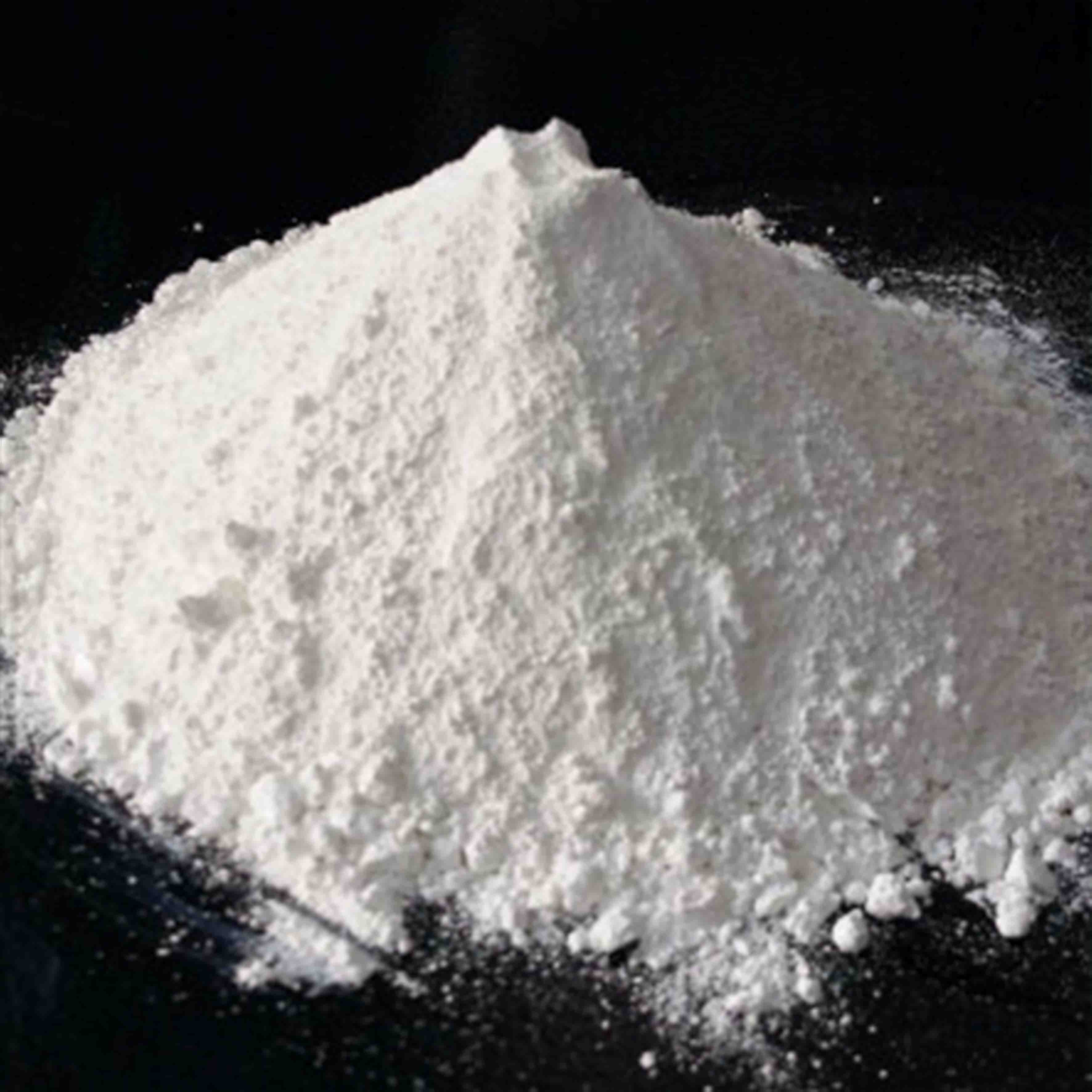
Nov . 04, 2024 15:02 Back to list
Exploring the Medical Applications of Titanium Dioxide in Healthcare and Treatment Solutions
The Uses of Titanium Dioxide in Medicine
Titanium dioxide (TiO2) is a naturally occurring mineral widely recognized for its applications in diverse industries, ranging from pigments in paints to sunscreens. However, its utility extends far beyond these conventional uses; titanium dioxide has emerged as a significant component in the medical field, offering innovative solutions in various domains such as drug delivery, imaging, and biomedical devices.
Drug Delivery Systems
One of the promising applications of titanium dioxide in medicine lies in its role in drug delivery systems. TiO2 nanoparticles can be engineered to carry therapeutic agents, enhancing the efficacy and efficiency of drug administration. These nanoparticles have unique properties, such as high surface area and the ability to be functionalized, which allows for the targeted delivery of drugs to specific cells or tissues. For instance, researchers have been exploring the use of TiO2 nanoparticles in cancer treatment, where they encapsulate anticancer drugs and release them in a controlled manner, minimizing side effects while maximizing the localized therapeutic effect.
Photocatalysis in Antimicrobial Applications
Another intriguing application of titanium dioxide in medicine is its antibacterial properties. TiO2 can act as a photocatalyst, generating reactive oxygen species (ROS) when exposed to ultraviolet (UV) light. This property has been harnessed to develop antimicrobial coatings for medical devices, surgical instruments, and hospital surfaces, reducing the risk of infections. The ability of titanium dioxide to eliminate bacteria and viruses makes it a valuable ally in the ongoing battle against healthcare-associated infections, which pose significant challenges in clinical settings.
Imaging and Diagnostic Techniques
Titanium dioxide's optical properties enable its use in imaging and diagnostic techniques as well. TiO2 nanoparticles can be utilized as contrast agents in imaging modalities such as magnetic resonance imaging (MRI) and computed tomography (CT) scans. Their distinctive scattering properties enhance the visibility of tissues, allowing for improved diagnosis and monitoring of various medical conditions. Furthermore, the biocompatibility of titanium dioxide ensures that these nanoparticles do not pose significant risks to the patient, making them suitable for in vivo applications.
titanium dioxide uses in medicine

Implantable Medical Devices
In the realm of implantable medical devices, titanium dioxide demonstrates excellent biocompatibility and corrosion resistance, making it an ideal candidate for coatings on orthopedic implants, dental fixtures, and cardiovascular devices. The addition of TiO2 to these implants can promote osseointegration, which is the process by which the bone grows and anchors to the implant. This is particularly crucial in orthopedic surgery, where the stability and longevity of implants are paramount. Additionally, titanium dioxide can be incorporated into the design of scaffolds for tissue engineering, aiding in the regeneration of damaged tissues.
Safety and Environmental Considerations
While titanium dioxide offers numerous benefits in medical applications, it is essential to address safety and environmental concerns surrounding its use. The potential toxicity of TiO2 nanoparticles has been a subject of extensive research. Most studies suggest that when properly engineered and tailored for specific applications, TiO2 exhibits low toxicity and biocompatibility. Nevertheless, ongoing evaluations are necessary to ensure the safe use of titanium dioxide in medicine, particularly as nanotechnology continues to evolve.
Future Directions
As research progresses, the potential applications of titanium dioxide in the medical field are likely to expand further. Innovations in nanotechnology may lead to novel formulations of TiO2 with enhanced functionalities, enabling the development of smarter drug delivery systems, advanced antimicrobial agents, and more effective diagnostic tools. The growing understanding of nanoscale interactions between titanium dioxide and biological systems will catalyze the exploration of its full potential in medicine, promising better healthcare outcomes and improved quality of life for patients.
Conclusion
In conclusion, titanium dioxide is an incredibly versatile compound that is making significant inroads into the medical field. From drug delivery systems to antimicrobial applications and imaging techniques, its unique properties continue to inspire innovative approaches to medical challenges. As the understanding of titanium dioxide’s mechanisms and safety profiles advance, it holds the promise of becoming an even more integral part of modern medicine, potentially transforming patient care and therapeutic strategies in the years to come.
-
China Lithopone in China Supplier – High Quality Lithopone ZnS 30% Powder for Wholesale
NewsJun.10,2025
-
Top China Titanium Dioxide Company – Premium TiO2 Powder Supplier & Manufacturer
NewsJun.10,2025
-
Fast Shipping 99% Pure TiO2 Powder CAS 13463-67-7 Bulk Wholesale
NewsJun.10,2025
-
Top China Titanium Dioxide Manufacturers High-Purity R996 & Anatase
NewsJun.10,2025
-
Lithopone MSDS Factories - Production & Quotes
NewsJun.10,2025
-
High-Quality Titanium Dioxide in Water Suppliers - China Expertise 60
NewsJun.09,2025
